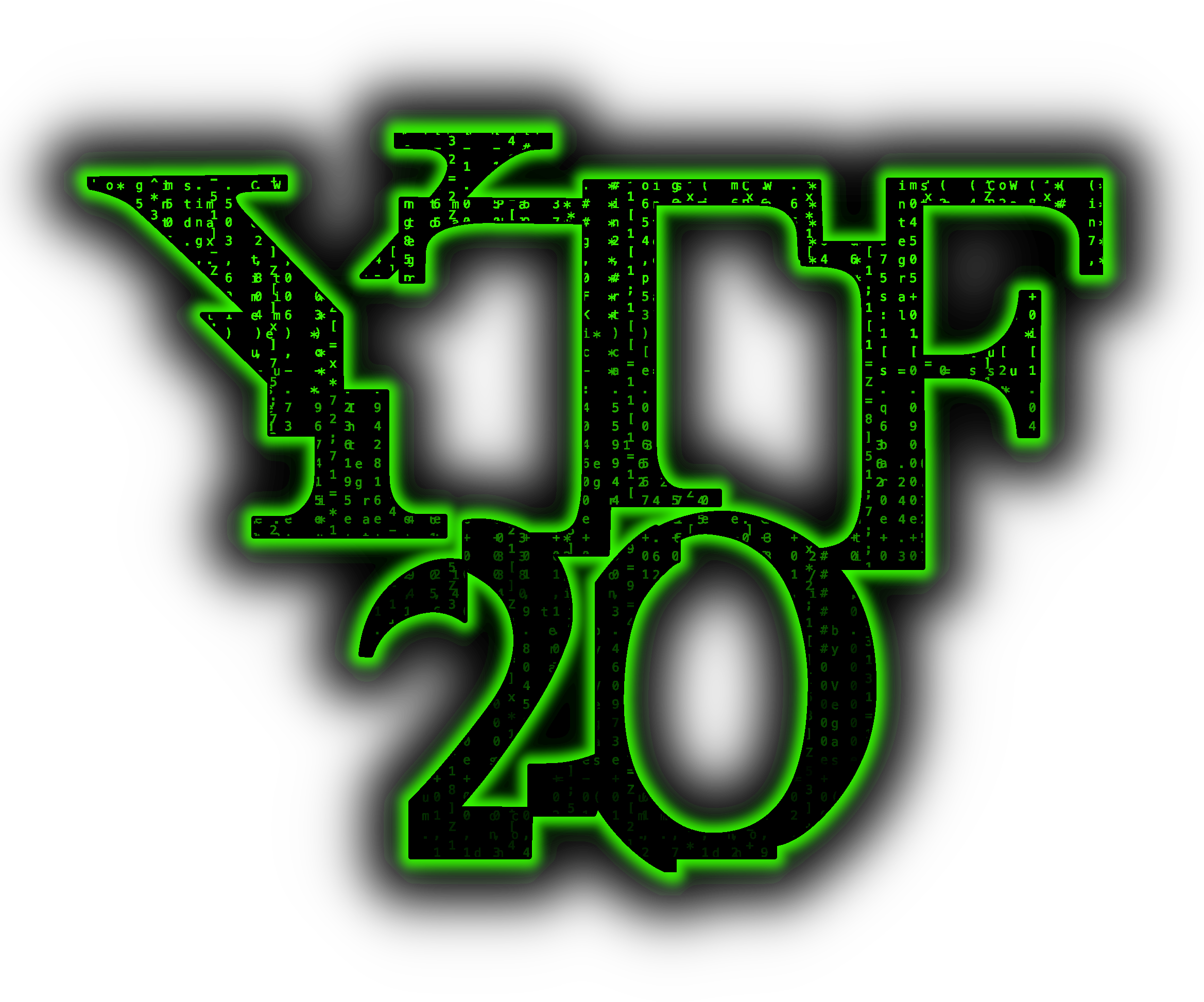Conveners
Parallel Stream 1: Dark Matter
- Elliott Reid (IPPP Durham)
Parallel Stream 1: QCD
- Jack Shergold (IPPP, Durham University)
Parallel Stream 1: Jets
- Oscar Braun-White (IPPP, Durham University)
Parallel Stream 1: QCD
- Lucy Budge (IPPP, Durham University)
Parallel Stream 1: Lattice
- Jack Shergold (IPPP, Durham University)
Parallel Stream 1: Cosmo
- Jack Shergold (IPPP, Durham University)
Dark matter direct detection is one of the most popular ways of searching for WIMP dark matter. However, the calculations involved when evaluating the recoil spectra can be expensive, especially when exploring the multi-dimensional parameter space resulting from the EFT description of dark matter and the inclusion of astrophysical uncertainties. Therefore, it is instructive to seek ways of...
Instantons are non-perturbative phenomena arising in field theory with degenerate vacua. They are one of the few remaining predictions of the Standard Model that has not been experimentally observed. Discovering instantons at a collider would be another piece of evidence for our current model of QCD and help to understand the vacuum structure of the standard model.
We will discuss the most...
An introduction to the Soft Anomalous Dimension in QCD with a focus on the diagrammatic color structures that appear in it. The factorisation of scattering amplitudes into hard, soft and jet parts allows us to focus on the soft matrix. The Soft Anomalous Dimension contains the IR singularities and can be represented in terms of Wilson lines which will be discussed.
The interpretation of measurements of high-energy particle collisions relies heavily on the performance of full event generators. By far the largest amount of time to predict the kinematics of multi-particle final states is dedicated to the calculation of the hard process and the subsequent parton shower step. With the continuous improvement of quantum devices, dedicated algorithms are needed...
Spectral clustering, developed by the machine learning community, has been seen to be a powerful and versatile clustering method. Jet clustering, particularly in the case of a boosted topology, is a key problem for particle identification in experimental physics. If spectral clustering can be shown to be suitable for the task it may be able to extract more information from the data we...
I will examine the effectiveness and resilience to non perturbative effects of various top tagging procedures which make use of n-subjettiness, initially using Monte Carlo simulations. I will then present resummed calculations, at modified leading log accuracy, of the most effective variants of these taggers for both the signal and background. These calculations will then be used to understand...
I will give an introductory review of modern methods to compute QCD amplitudes in the context of hadron collider phenomenology. We will build up the basic structure of such calculations and explore the technologies used at each step.
In this talk I will present the algorithms and techniques employed to efficiently obtain analytic expressions for loop-induced di-photon amplitudes at 5 and 6 legs . I will review the method of reconstruction over finite fields and how it is applied to OPP integrand reduction at one loop. The representation of the amplitudes using Momentum Twistor variables, which ensure that the process...
The Cabibbo-Kobayashi-Maskawa (CKM) matrix is a $3\times 3$ unitary matrix in the Standard Model of particle physics. In the age of precision physics, one of the ongoing efforts to extend the Standard Model is to test the unitarity of the CKM matrix. This requires a precise determination of its matrix elements from first principles. Since quarks hadronise into bound states at $E\approx...
$D \to{}K l \nu$ and $B \to K l^+l^-$ are important heavy to strange semileptonic decay processes, giving us direct comparison with experiment, and access to CKM matrix elements and potential new physics.
We can calculate form factors for both of these processes in lattice QCD and connect them together by determining heavy to strange form factors for heavy quark masses ranging from $c$ to...
The current experimentally measured parameters of the Standard Model (SM) suggest that our universe lies in a metastable electroweak vacuum, where the Higgs field could decay to a lower vacuum state with catastrophic consequences. Our measurements dictate that such an event has not happened yet, despite the many different mechanisms that could have triggered it during our past light-cone. Via...
In recent years particle physics research has undergone somewhat of a phase transition, looking increasingly towards hidden sectors and the feebly interacting frontier. In this talk I will introduce a new approach to parameterising dark sector forces, underpinned by the Källén-Lehman representation, in which the effects of any general scalar fifth force are captured by a single...

